Leadership & Culture
The Glue
12 January, 2024
The Disaster That Awaits When You Fail To Say No
Read time • 2min
My Experience: The Cost of Ignoring Intuition
There are many examples I could refer to here but in the most catastrophic case, we came across a sales opportunity that seemed promising but was laden with warning signs. The three key ones that I managed to gloss over were; it wasn’t via one of our normal sales channels - not a big deal you might argue, but noteworthy nonetheless. The client profile was rather different to our standard client. Again, it was not a major issue but in hindsight it proved to be telling. And finally, the commercial construct that the client wanted to use went against our recommendations and standard practice. This was the one that really shouldn’t have been ignored but at the time I managed to rationalise away along with the others.
So despite these red flags, driven by unwavering optimism and a desire to expand, I elected to bite my tongue when I had the opportunity to voice my concerns, and, as a company we chose to proceed, believing we could navigate the impending complexities.
This decision quickly unfolded into an unmitigated disaster. The project not only failed to deliver on the promises made but also turned into a drain on our financial resources, strained our client relationship to breaking point, and led to a mass exodus of dedicated team members. This was a harsh lesson in the consequences of overlooking potential risks for the sake of opportunity.
What I've Learned: The Power of No
This experience, as painful as it was, served as a pivotal moment of realisation. The true measure of strategic acumen is not just in the clients and projects we choose to undertake but, significantly, in those one has the wisdom to decline. This insight sparked a transformation in my approach to decision-making.
Envisioning a future that was not littered with financial losses, unhappy clients and stressed staff members, I learned the importance of not only having a robust qualification process but also speaking up when gut feel says something is not quite right. The former isn't just a formality but a vital step in ensuring that every project aligns with core strengths and business objectives (thereby helping to avoid the pitfalls of past mistakes). And the latter is the recognition that one’s subconscious can be very adept at recognising the warning signs of impending doom and therefore deserves to be listened to. Or at the very least questioned.
At a more holistic level, I learned the value of combining intuition and process. Subsequently, I looked for those situations that required some form of decision-making and attempted to quantify them in a basic 2 x 2 matrix: Impact vs Frequency. Anything in the Low Impact, Low Frequency quadrant could effectively be ignored. Anything that was deemed High Impact (regardless of Frequency) required some form of process to be created and followed (and improved upon over time). But anything that was both High Impact and Low Frequency required process to be complemented by intuition. As leaders, we can typically operate comfortably in situations that we experience all the time. I’m not saying that intuition is not required in these cases. But it can play a massive role in those situations that we do not experience frequently. So I found that consciously setting time aside for reflection in such situations helped me process and validate my thoughts and as a result, I was better prepared to have robust conversations which, along with the structure of a documented process that all could follow, ultimately led to better outcomes. Or at least I think they did! We certainly never had a repeat of the above situation so I’ll take that as a win!
(For what it’s worth, in the case of sales opportunities with net new clients we instituted a comprehensive project evaluation framework that rigorously assessed potential opportunities against our strategic vision and core competencies. This framework served not only as a gatekeeper, preventing repeat scenarios, but also as a guiding light, ensuring that our pursuits were well-aligned with what we did best.)
TL;DR
Ignoring warning signs in business can lead to catastrophic losses; vigilance and pragmatism are key.
The strategic value of saying "no": you are defined by what you say “No” to as much as by what you say “Yes” to
Integrating process with intuition enhances decision-making, especially in high-impact, low-frequency scenarios, can foster better outcomes and prevent repeats of past missteps
If you’re ever feeling like you need a hand, there are three ways we can help you:
KXT Ignite - This is your gateway to enhanced decision-making, operational efficiency, and a peaceful night’s sleep. Our business audit & road-mapping process is designed to identify and help you eradicate the causes of noise, confusion and inefficiency in your services business.
KXT Advisory - Navigating the intricate maze of leading a services business can feel like a solitary journey, with the weight of decisions resting heavily on your shoulders. This is a bespoke mentoring service designed for the unique challenges and opportunities faced by startup and scale-up leaders in the consulting services sector.
KXT Workshops - Elevate the performance of your team in small, tailored workshops:
Consulting 101 goes beyond teaching delivery teams the basics of how to wow your clients.
Harnessing Team Potential looks at understanding & leveraging different personality types to solve business and client problems faster and more harmoniously.
Project Economics for Delivery Leads will help ensure you never blow a budget ever again.
